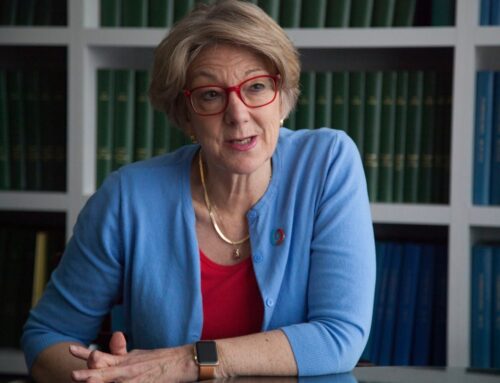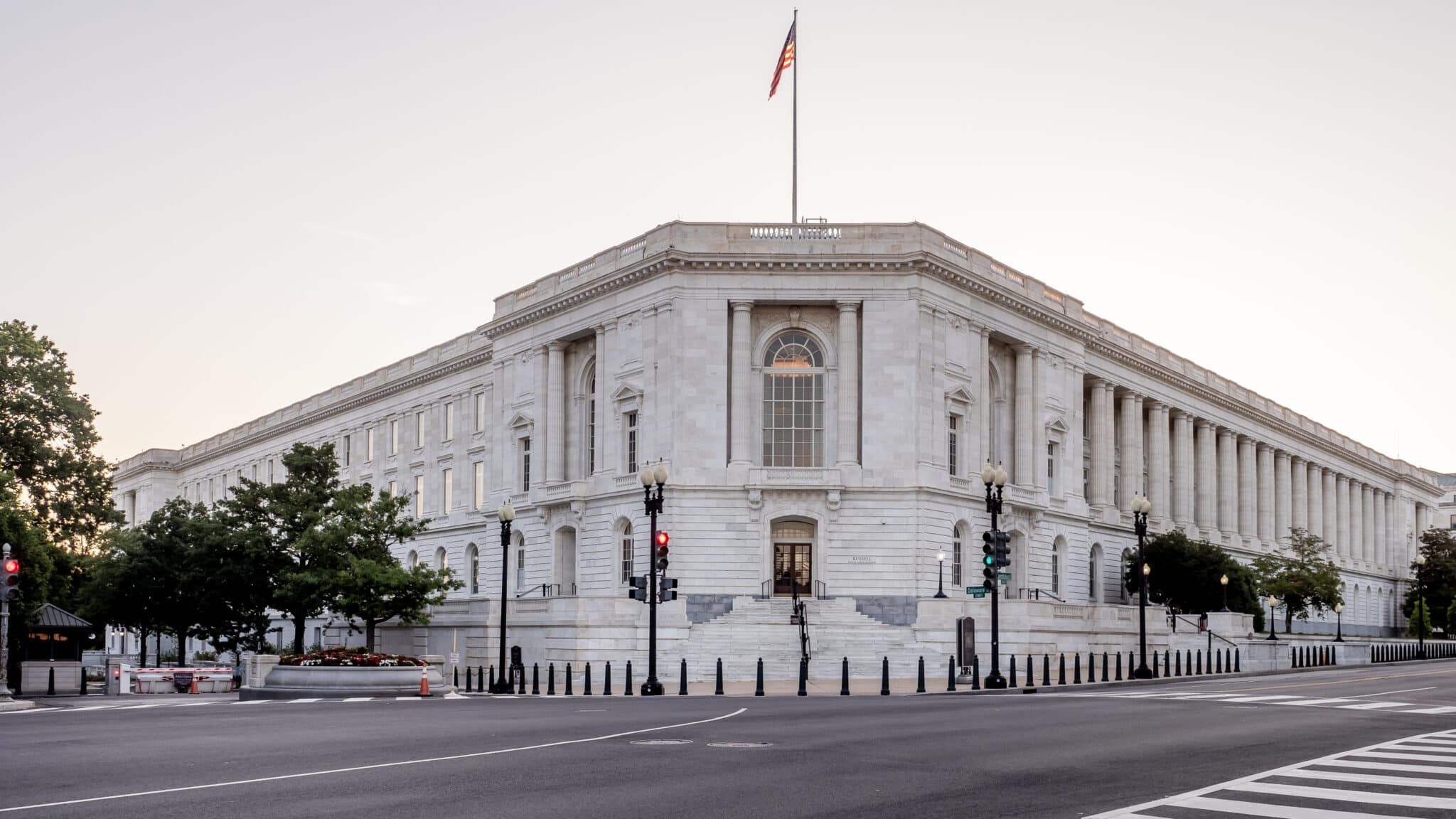This article first appeared in the Texas Monitor, October 12, 2018.
When the news broke last week that the U.S. Army Corps of Engineers had cut funding for Fort Worth’s Trinity River project from its 2018 budget, local developers reacted with shock.
They shouldn’t have. Some local and federal officials, along with tax watchdog groups, have been pointing out for years that the project, whose price tag now tops $1.16 billion, lacked a proper economic analysis, required of all such projects. Mary Kelleher, a former local water official, said she was told several years ago that U.S. Rep. Kay Granger, the project’s lead cheerleader and protector in Washington D.C., had gotten that requirement waived. Granger’s son, J.D., is the head of the Trinity River Vision Authority.
Now, however, that deficiency is threatening to stop the flow of $562 million in federal funds approved by Congress to be doled out over time for the project, which has gone by several names and is now called Panther Island. And there’s no way to know if or when that funding will come back. The TRVA is banking on the federal government for nearly half of the project’s cost.
“The administration does not consider the [Panther Island] project to be policy compliant for budgeting because of the lack of an economic analysis,” Corps spokesman Gene Pawlik told McClatchy News Service as the funding loss was announced.
TRVA spokesman Matt Oliver declined an interview request but said in an email that the project did not receive funding because “the money went to disaster relief efforts throughout the country.”
“The program is authorized and is under construction,” Clay Church, a spokesman for the Army Corps’ Fort Worth district, told The Texas Monitor this week. He declined to comment on the halt of federal funding.
The financial setback was clearly unexpected by the developers, for whom the project – economic development and flood control – is the linchpin in redevelopment of a large area generally north of downtown.
But as recently as 2016, while allocation of the overall funding to Panther Island was being finalized, U.S. Rep. Peter DeFazio, D-Ore., noted in a floor speech that every other project in the allocating bill had to have an economic analysis by the Corps of Engineers.
“[T]his project did not … it has not been economically justified,” he said. DeFazio criticized the notion of using flood control money for sports fields and commercial development.
To emphasize his point, he used several blown-up promotional photos from the project’s website, showing kids playing sports on new ball fields.
“It’s rare that you see something so promotional in your materials for what is supposed to be a flood prevention project,” said Pete Sepp, president of the National Taxpayers Union, a conservative fiscal watchdog group that sent a letter to federal lawmakers in 2016 cautioning them against frivolous water control funding. “That kind of things risks additional federal scrutiny.”
The project, on which work began in 2014, has long relied on Kay Granger’s political heft. In the wake of the announcement of the pullback of funds, the congresswoman’s Twitter account lit up with a flurry of posts promising the setback was temporary. She also secured — and promoted — a statement from the local office of the Army Corps, pledging its allegiance to the project.

Mary Kelleher said it was J.D. Granger who told her that his mother had been instrumental in getting the cost analysis requirement waived. Kelleher is a former board member of the Tarrant Regional Water District, the parent of the TRVA.
“I had asked about this [cost analysis] being done for a long time,” said Kelleher, who served from 2013 to 2017 on the board.
In a meeting shortly before Congress approved the Panther Island funding, Kelleher said she questioned several of her colleagues on the status of a cost-benefit analysis of the project. A levee fix alone would have run about $10 million, it was estimated. But no cost analysis on the more ambitious project was done, which would measure compliance with Army Corp funding requirements, including the mitigation of flooding.
“I asked J.D. why, and was told that Kay had managed to get it waived,” Kelleher said. J.D. Granger did not respond to an interview request.
In 2016, The Army Corps of Engineers, which ranks projects for feasibility and benefit to the environment, was approved by Congress to provide $526 million for the Panther Island project, part of a long string of funding for Trinity projects secured in part by Kay Granger. The Army Corps contributed $61 million to the project initially.
If the rest of the expected federal funding were to be killed or seriously delayed, it would be a blow to downtown and near-downtown development.
“The Army Corps has something like a $70 to $80 billion backlog of authorized projects,” said Steve Ellis, vice president of Taxpayers for Common Sense, a Washington-based budget watchdog, which also opposed Panther Island funding. “And in this case, you have a development project masquerading as a flood control project. It may be a wait.”
Emails obtained by Texas Monitor between Granger’s office and the Tarrant water district officials in 2010 show that the Panther Island plan was done to help Fort Worth implement a “recreation master plan” for the riverfront area.
Fort Worth voters in May approved $250 million in bonds for flood control and drainage for the project, which includes residential and commercial enterprises.
Kay Granger did not respond to an interview request. The former Fort Worth mayor, elected to Congress in 1996, has used the Trinity River project as a talking point for local support as she touts her ability to deliver for her district.
She was a prolific user of earmarks before they were banned in 2010, securing millions for projects related to the development of the Trinity. In doing so, she has forged alliances with Army Corps officials.
In August, her office issued a press release noting the visit to the Trinity site by Secretary of the Army Mark Esper, a key political player in the bid to keep the Army Corps money coming.
Since 2011, the Tarrant Regional Water District has spent approximately $750,000 on federal lobbying.
The Trinity development plan has grown in cost from an estimated $320 million in 2003 to the current $1.16 billion, due overestimated revenues, underestimated costs, and other funding snafus. In 2003, the project was predicted by the TRWDto have a taxable value of $1.3 billion.










